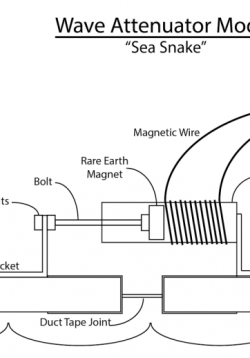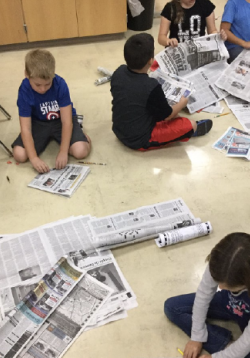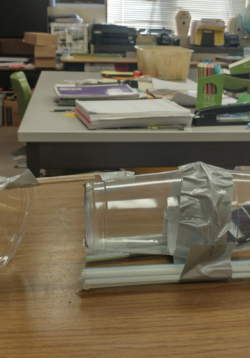Testing a Tidal Wave Attenuator
Students will test the efficiency of the tidal wave attenuator models that they previously built. They will determine variables on their models they can manipulate, such as wire gauge and magnet strength, and measure the effects of manipulating this...






